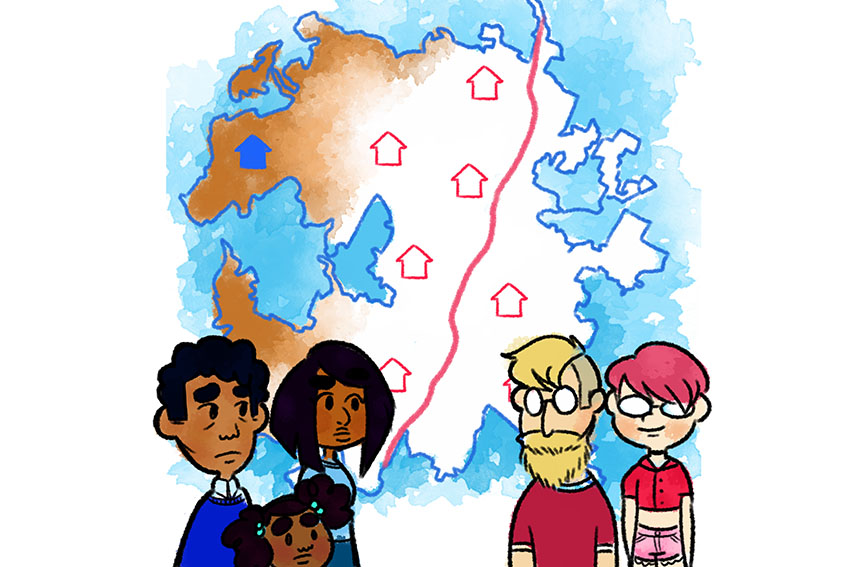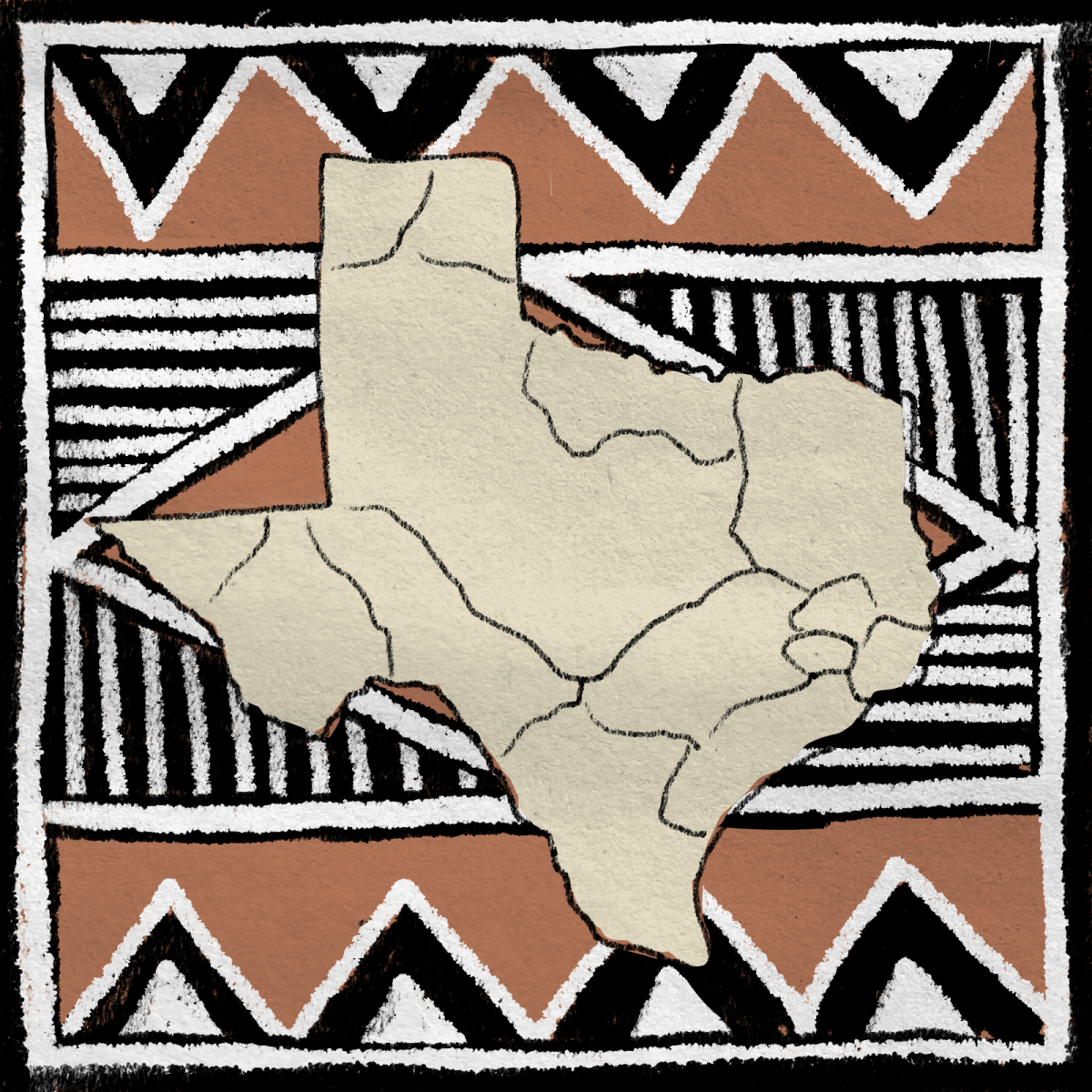Once home to a bustling black enclave, Austin’s urban centers have instead become a haven for white suburbanites, according to some, pushing native residents out.
Indeed, Austin is the only large, rapidly expanding city where more black residents are displaced than are entering, according to a recent UT-Austin report on the effect of gentrification on minorities. Many residents choose to move east to areas like Bastrop and Manor, often pushed into areas with lower-income housing and poorer facilities.
Referred to by participants surveyed in the study as “ghetto mansions,” these homes are often larger than what many can afford in more urban areas of Austin, popular with many black residents who choose to move to escape the rising prices and cultural marginalization in the rest of the city. As areas largely isolated from urban centers, they have fewer transportation options, job opportunities and decreased access to healthcare.
Deprived of access to amenities, the report said, these low-income areas are also known as food deserts, which the U.S. Department of Agriculture defines as places lacking fresh and healthy produce, usually due to a lack of grocery stores and other food providers.
“These patterns do not square with Austin’s reputation as a ‘tolerant’ city, one celebrated for its progressivism, cultural dynamism and emphasis and stability,” the report said.
Eric Tang, African studies associate professor, said that although these areas are technically referred to as suburbs, they fail to provide a better standard of living.
“(These places) are suburbs to the extent that they’re outside the urban core,” Tang said. “But they are not a move up for people — they’re a move out.”
Originally, Tang said he and fellow researchers expected to find Austin’s African-American population remaining stagnant as the general population of the city grew. Instead, it appears to be declining.
“It’s completely outside of the norm,” Tang said. “Especially considering that this is unobservable in other cities with similar growth.”
The reason for its decline can be attributed to inequity in public education, barriers towards blacks entering technology and construction fields and distrust of the police, Tang said.
According to Tang’s report, Austin’s history of segregation against African-American communities, combined with the successive gentrification of its historically black neighborhoods, also help to contribute to this decline. Those who choose to relocate out of the city often feel that they have been pushed out by an unwelcoming community.
Austin realtor Jim Breedlove said many black residents are concerned with the lack of others who look like them when considering moving to Austin. Breedlove said he has spoken with a current Austin resident who’s been profiled as living in a predominantly African-American area of town, despite recently purchasing a home in a popular middle-class area.
“More often than not, an issue they encounter is feeling out of place,” Breedlove said. “It’s uncomfortable and difficult to navigate.”
Leslie Perkins, former Austin resident and high school teacher, said she left Austin for Manor, Texas due to the lower cost of living in the area and its larger African-American community. Although she visits Austin occasionally, Perkins said she would not move back if given the option.
“I used to be a part of the community,” Perkins said. “It doesn’t really exist anymore as it did. And that’s pretty sad for me.”















